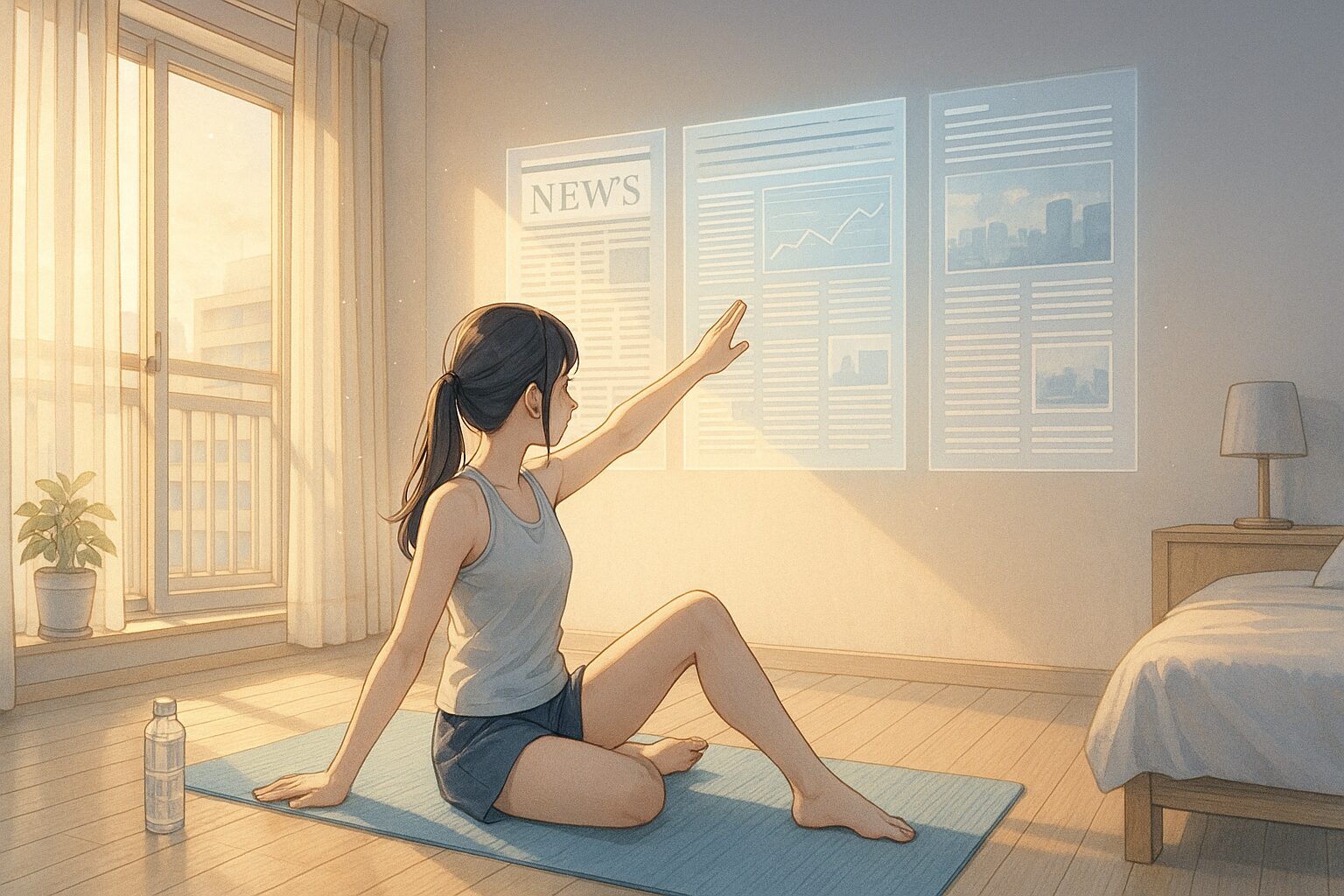The methods of treating diseases are dramatically changing. How will the wave of innovation in regenerative medicine affect our health and lives? If this trend continues, how will our future change?
1. Today’s News
Summary:
- The regenerative medicine market is projected to expand from $48.45 billion in 2024 to $403.86 billion by 2032.
- Cell therapy, gene therapy, and stem cell technologies are revolutionizing treatments for chronic and degenerative diseases.
- Increased global investment is supporting this rapid growth.
2. Considering the Background
Regenerative medicine is a technology that regenerates cells and tissues to restore lost functions. The rapid growth in this field has emerged amid the evolution of medical technologies and heightened expectations for health. In modern society, where chronic diseases are on the rise, there is a demand for more effective and sustainable treatment options. Investments and research in regenerative medicine are advancing to meet these expectations. How will the popularization of this technology change our health management?
3. What Will the Future Look Like?
Hypothesis 1 (Neutral): A Future Where Regenerative Medicine is Commonplace
As regenerative medicine becomes widespread, consultations and treatments in hospitals may change dramatically. For example, it may become commonplace for patients to receive treatments that use their own cells to generate new organs. This could shorten wait times for organ transplants and improve access to health. People’s view of health may shift from “curing diseases” to “regenerating functions.”
Hypothesis 2 (Optimistic): A Future with Significant Advancements in Healthcare
The evolution of regenerative medicine will create new industries and generate many jobs. Infrastructure and educational systems to support new technologies will be established, leading to growth not only in the healthcare sector but also in related technology industries. People will enjoy healthier and longer lives, and personalized medicine for maintaining health will become widespread. Values concerning health may shift towards more proactive approaches like “prevention” and “management.”
Hypothesis 3 (Pessimistic): A Future Where Health Disparities Widen
The rapid advancement of regenerative medicine could create disparities between those who can benefit from it and those who cannot. High treatment costs and technological barriers may result in differences in medical access between developed and developing countries, or between urban and rural areas. Health could become a privilege of a select few, and questions of fairness in healthcare may arise.
4. Tips for Us
Mindset Tips
- Adopt a flexible perspective to embrace the evolution of regenerative medicine.
- Consciously shift your approach to health from “treatment” to “prevention.”
Small Practical Tips
- Actively learn about health-related information and apply it to your daily choices.
- Participate in local health events and seminars to raise health awareness in the community.
5. What Would You Do?
- How do you think your health management will change with the widespread adoption of regenerative medicine?
- How do you believe we should address the disparities caused by technological advancements?
- Imagine how regenerative medicine could benefit your local community.
What kind of future do you envision? Please share with us through social media mentions or comments.









